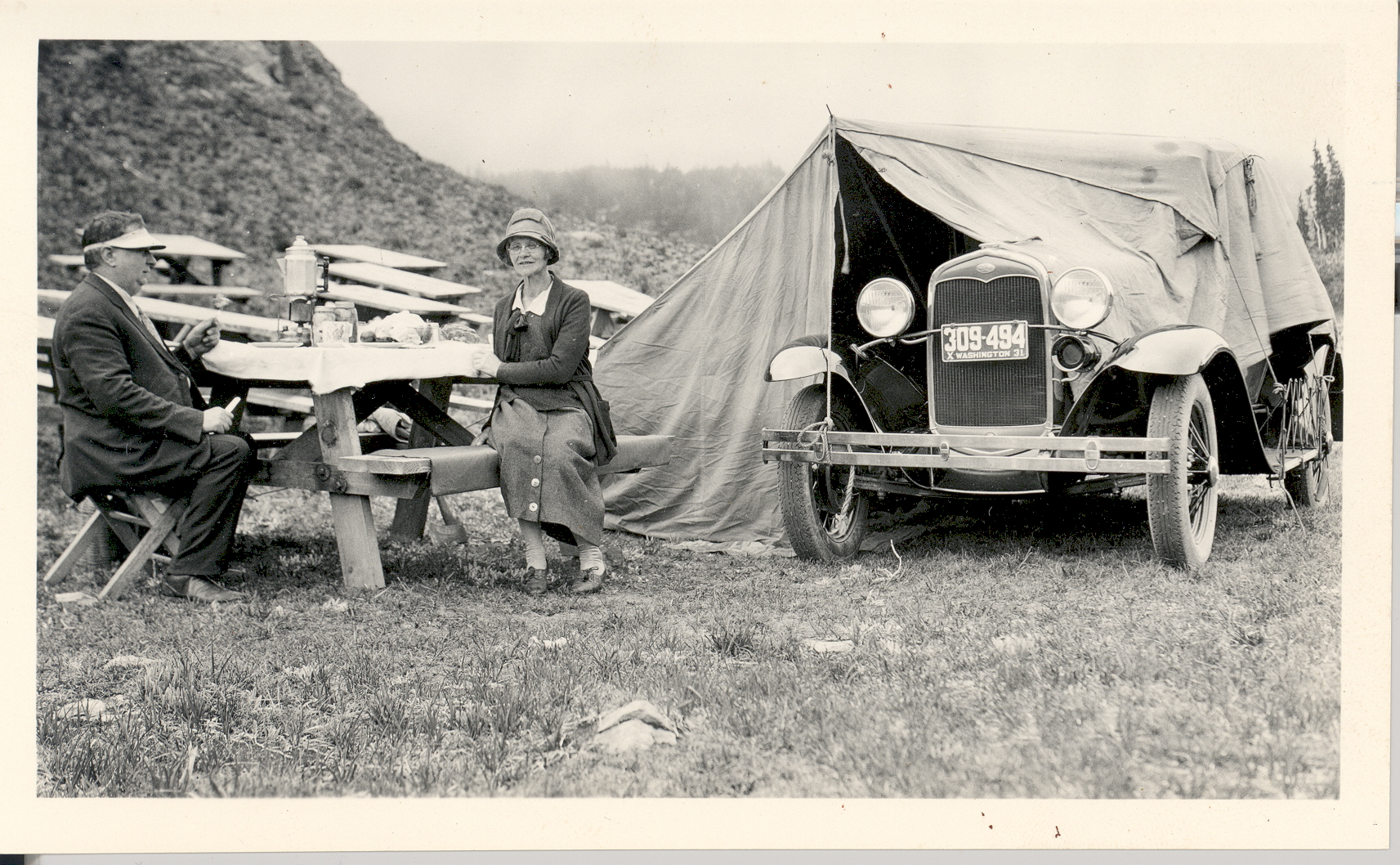
If you’ve been going outdoors over the past few decades—whether once a season or once a week—there’s a good chance you’ve already got the gear you need. And some extra stuff you picked up at garage and clearance sales. Maybe, with the advance of years, you decided to upgrade your sleeping pad to something a little comfier. Maybe your pack is a bit smaller and lighter. But maybe not. Because you are the type who replaces a blue button-down dress shirt with another blue button-down dress shirt, same collar, same maker.
There’s no denying that what you already have works for you, but there’s a good argument to be made that other stuff—newer stuff—might work better. It might be lighter. It might be more effective at keeping out the rain and wind. All these improvements might encourage you to get out a bit more. (It might be cooler, too, but that’s irrelevant because you are just fine the way you are.)
If you’re the type who likes to wander into an REI or other outdoor store, fingering performance fabrics and annoying the salespeople, you might have tracked some of the changes since, say, 1995. But if not, The Trek has a handy summary of some of the advances that might matter to you.
The Evolution of Backpacking Gear touches on trends since the new millennium arrived, many of them driven by cottage industries that, in turn, prompted bigger brands to up their game. “Suddenly backpackers wishing to drop pounds of weight don’t have to own a sewing machine or dish out thousands of dollars for gear. The industry is booming and we’re benefiting.”
Author Lisa Pulsifer describes the sudden shift from sleeping bags to quilts (because why have a down layer under you when your body weight compresses it to a useless wafer), from internal/external frame to much lighter frameless packs, polyester to Dyneema tents, clunky leather boots to lightweight trail runners. (“According to the PCT and AT 2019 trail surveys, the Altra Lone Peak was the leading favorite, worn by over one-third of hikers.”) Also documented: the transition from synthetic fabrics to merino wool, which in addition to its multiple other benefits is naturally odor resistant, and from hand-pump water filters to squeeze filters like the redoubtable Sawyer Squeeze, which is simple, easy and reliable as long as the bag doesn’t pop a leak because you were too aggressive with your thirsty clutching.
Reading the piece, and stopping by your local outfitter, will impale you firmly on the horns of a dilemma. On the one horn, you hate to spend money on anything when what you have works just fine, dammit, but on the other, this is fun spending. Unlike purchasing a water heater or Lipitor or gas, new gear will make you happy. And excited to get out and try it.
We all need to work this out on our own terms, but always remember how much fun it is to be tempted.
NPS photo of Paradise Meadows, Mount Rainier National Park. From the days of camping in a suit and tie.









